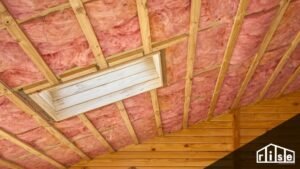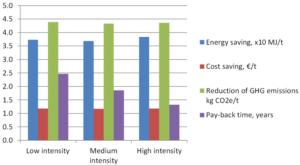Hot insulation, also known as thermal insulation, is a material or series of materials that traps heat, slowing down the transfer of thermal energy. This has a variety of benefits in both residential and industrial settings.
Here are the detailed purposes of hot insulation:
-
Maintain Desired Temperature: Insulation creates a barrier that slows heat transfer, keeping warm things warm and cool things cool. In the winter, this means keeping your home warm and cozy, while reducing the strain (and energy use) of your heating system. In the summer, insulation helps keep your home cooler, reducing reliance on air conditioning. This applies to buildings as well as insulated containers or pipes carrying hot liquids.

-
Energy Efficiency: By reducing heat transfer, insulation lowers the energy needed to maintain a desired temperature. This translates to lower heating or cooling costs for buildings and helps conserve energy. Reduced energy use translates to less reliance on power plants, resulting in environmental benefits.
-
Prevent Condensation: Insulation helps prevent moisture from accumulating on surfaces by reducing temperature fluctuations. This condensation can lead to mold growth and other problems. For example, uninsulated pipes carrying cold water can sweat in humid environments. The sweat can drip and cause water damage, or the condensation can create a breeding ground for mold. Proper insulation prevents such problems.
-
Safety: Insulation around hot objects or pipes can protect people from burns. By reducing the surface temperature of hot objects, insulation helps prevent accidental burns. This is important in industrial settings where workers may be around high heat sources, but also in residential settings where hot water pipes could burn curious children.


